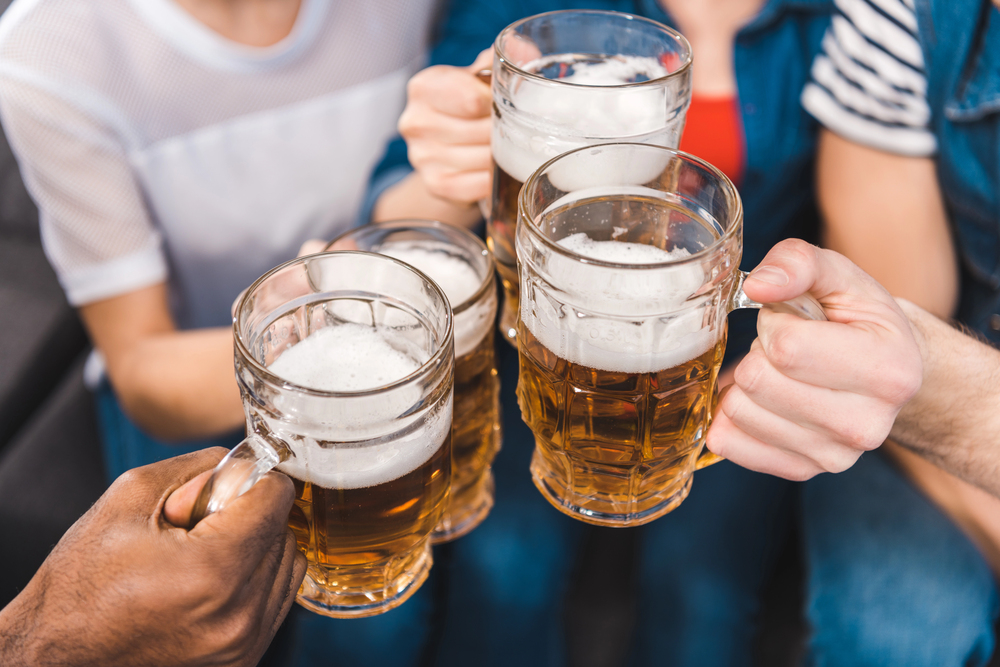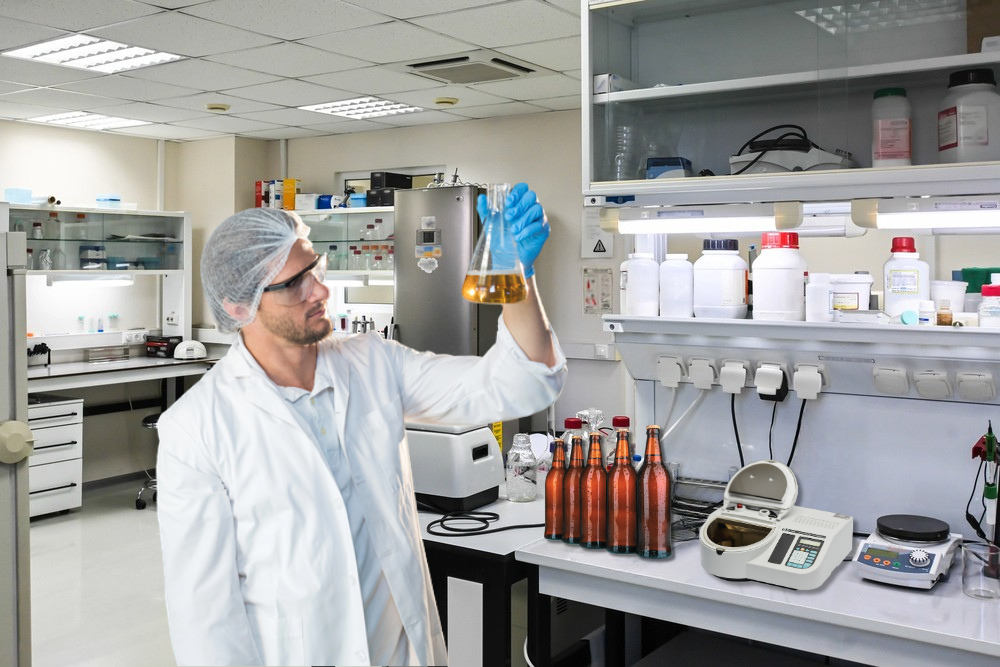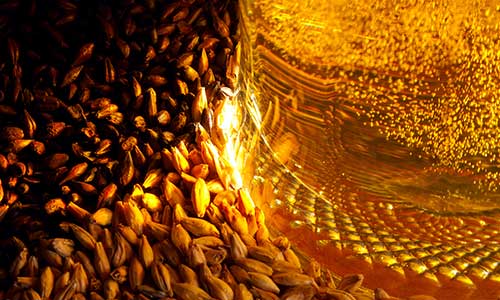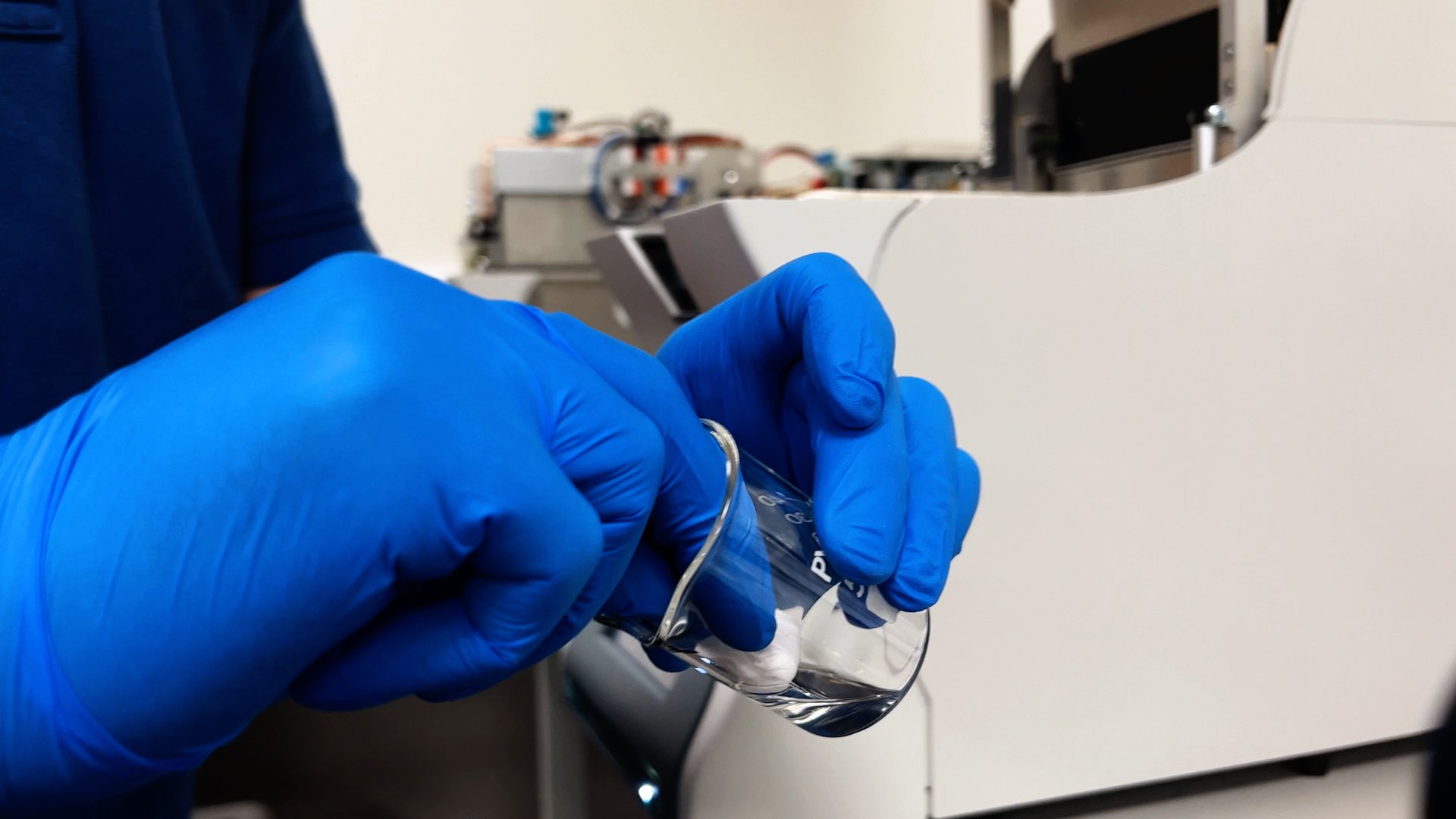How does GC work in Alcohol testing
When you brew beer or cider, you’re not just creating flavour you’re producing ethanol. But how do you know if the ABV on your label is actually...
3 min read
Ellutia Oct 2, 2025 3:46:38 PM

When you brew beer or cider, you’re not just creating flavour, you’re also producing ethanol. And if your label says “alcohol-free,” even a tiny amount of alcohol above the legal limit can put your product, your brand, and your reputation at risk.
Whether you’re a craft producer or a major international brewer, getting alcohol by volume (ABV) right is no longer optional. It’s essential.
So why is ethanol testing so critical for alcohol-free beer and cider, how modern gas chromatography makes it easier than you might think, and how bringing testing in-house with Ellutia’s 200 Series GC can transform your quality control process.
The global market for alcohol-free and low-alcohol beverages is booming. In fact, industry analysts forecast growth of 7.5% annually through 2027. But with opportunity comes scrutiny.
In the UK, any drink labelled “alcohol-free” must contain no more than 0.05% ABV, according to GOV.UK guidance. In the United States, the TTB permits up to 0.5% ABV for non-alcoholic beers. It doesn’t take much to cross those limits, and the consequences can be serious.
A recent industry survey found that 12% of tested alcohol-free beverages exceeded their legal ABV claims, leading to recalls, fines, and reputational damage.
For producers, accurate testing is about more than ticking a regulatory box. It’s about:
Protecting your brand from costly relabelling or contract losses
Building trust with customers who expect honesty on the label
Ensuring consistency across every batch and every market
Even when brewing alcohol-free beer or cider, ethanol is still produced in trace amounts during fermentation. Removing or reducing it is one challenge. Proving that it’s truly below the legal limit is another.
Traditional testing methods like hydrometers or refractometers can’t provide the sensitivity needed at these very low levels. That’s why many producers now rely on gas chromatography alcohol analysis with flame ionisation detection (GC-FID).

Gas Chromatography with Flame Ionisation Detection might sound complex, but in practice the process is straightforward, especially with the right system.
A small sample of beer or cider is prepared in a vial.
The GC vaporises the sample and separates ethanol from water, sugars, and other compounds.
The FID detector measures ethanol with high sensitivity, detecting levels as low as 0.01% ABV.
Results are displayed clearly as a percentage ABV, giving producers instant confidence in compliance.
This level of accuracy means you can reliably prove your product falls within the legal definition of alcohol-free, without waiting for external lab results.
CTA embed application note
Many producers still outsource their alcohol testing. While this can work, it comes with delays, additional costs, and less control over the process.
With Ellutia’s 200 Series GC, breweries and cideries can perform in-house alcohol testing that meets strict ABV compliance requirements, eliminating uncertainty and avoiding costly rework.
Benefits include:
Faster decisions: No waiting for lab reports or results are immediate.
Better control: Check batches mid-fermentation, post-fermentation, and before packaging.
Lower costs: Reduce outsourcing fees and prevent expensive relabelling.
Stronger trust: Provide distributors and regulators with verified ethanol data.
One leading global brewer adopted the 200 Series GC to safeguard its alcohol-free range. By running daily checks in-house, they ensured every batch stayed within the 0.05% ABV threshold. The outcome was fewer compliance risks, smoother production schedules, and stronger relationships with retail partners.
Validated Accuracy You Can Trust
Accurate ABV testing isn’t just about compliance — it’s about protecting flavour, consistency, and your brand. The calibration curve below shows how the Ellutia 200 Series GC with GC-FID delivers highly linear detection of ethanol concentrations from trace levels up to 1% ABV, with an R² of 0.9951. This demonstrates dependable, repeatable results across alcohol-free ranges of beer and cider.
📊 Calibration curve of ethanol concentration measured with Ellutia 200 Series GC-FID for non-alcoholic beer and cider ABV compliance.

The 200 Series GC was designed to fit the realities of production environments. It’s compact, cost-effective, and simple to operate, making advanced ethanol analysis accessible even for smaller producers.
Key features include:
Detection limits as low as 0.01% ABV
Straightforward sample preparation with 2 mL vial injections
Compatibility with beer, cider, and mixed beverages
Seamless integration into daily quality control checks
By combining sensitivity and ease of use, the 200 Series GC gives producers the confidence that every batch meets both regulatory requirements and customer expectations.

Q: What is the legal limit for alcohol-free beer in the UK?
A: According to GOV.UK guidance, alcohol-free products must contain no more than 0.05% ABV.
Q: Why use GC-FID instead of a hydrometer?
A: Hydrometers lack the precision needed at low levels. GC-FID can detect ethanol down to 0.01% ABV, ensuring compliance and protecting your brand.
Q: Can the same system be used for both beer and cider?
A: Yes. The Ellutia 200 Series GC is validated for use with beer, cider, and other brewed beverages.
As the alcohol-free and low-alcohol sector continues to expand, the need for precise, routine ABV testing will only increase. Consumers are more informed, regulators are stricter, and retailers are demanding verified compliance.
For producers, investing in in-house GC-FID alcohol testing isn’t just about avoiding problems. It’s about building confidence, consistency, and credibility in a fast-growing market.
With the Ellutia 200 Series GC, brewers and cider makers can be sure that what’s on the label is what’s in the glass, every time.
See how the Ellutia 200 Series GC can make ABV testing simple, accurate, and cost-effective at www.ellutia.com.

When you brew beer or cider, you’re not just creating flavour you’re producing ethanol. But how do you know if the ABV on your label is actually...

Discover the essential role of testing in beer production and how it ensures quality control throughout the process. Testing plays a crucial role in...

Discover the significance of ECD wipe tests in ensuring detector safety and compliance with regulatory requirements.